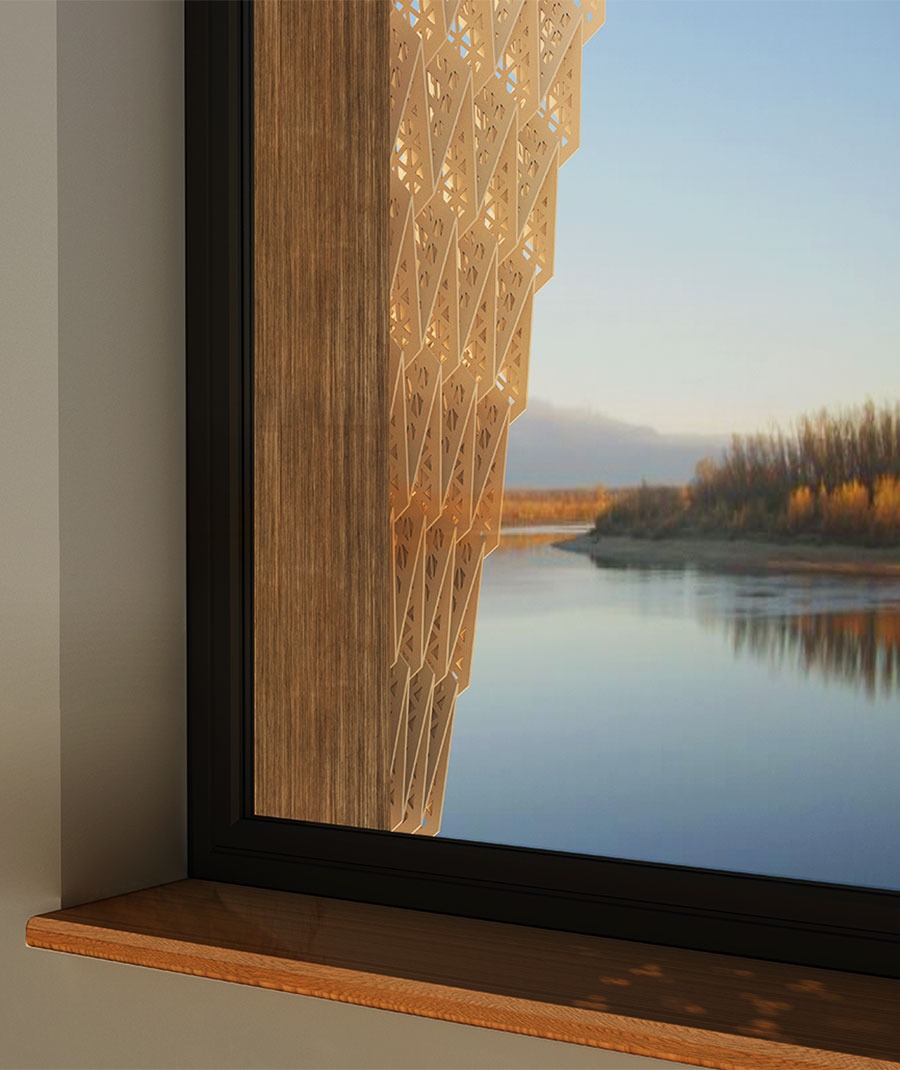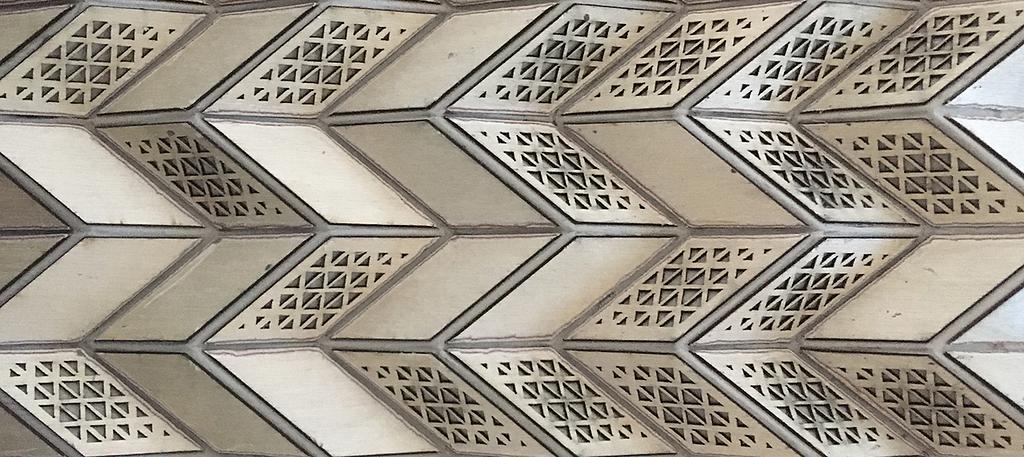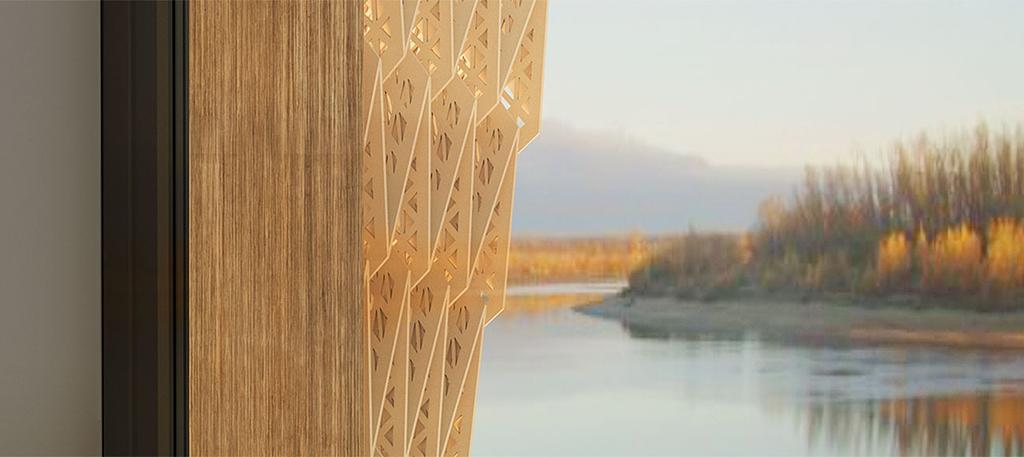In recent years, architectural research has shown a growing interest in kinetic façades, particularly as tools for improving climate control and solar shading. These dynamic skins are often conceived as intelligent responses to changing environmental conditions. However, most current solutions rely on mechanically complex systems and centralised control units. These approaches typically require significant energy inputs, necessitate continuous monitoring, and are often expensive to install and maintain—factors that compromise the overall sustainability and practicality of the design.
This research explores an alternative path through the use of Shape Memory Alloys (SMA) in dynamic shading devices. SMAs are advanced materials with a unique property: they undergo solid-state phase transformation, allowing them to "remember" and return to a predefined shape when exposed to specific stimuli, such as temperature changes.
This feature enables SMAs to act as both sensors and actuators without the need for external power sources, motors, or centralised digital systems. As such, they open the possibility of designing autonomous, energy-passive, and low-maintenance dynamic façades that adapt naturally to environmental changes.
By integrating SMAs into architectural envelopes, this research proposes a material-driven approach to responsive design, where performance emerges from the material's intrinsic behaviour rather than from external systems. The result is a more sustainable, efficient, and elegant solution to the challenges of adaptive building envelopes.
Related Publication:
Albag O., Anishchenko M., Grassi G., Paoletti I. (2020) Adaptive Skins: Towards New Material Systems. In: Daniotti B., Gianinetto M., Della Torre S. (eds) Digital Transformation of the Design, Construction and Management Processes of the Built Environment. Research for Development. Springer, Cham.
Ingrid Paoletti
TEAM
Maria Anishchenko
MASTER THESIS
2018







